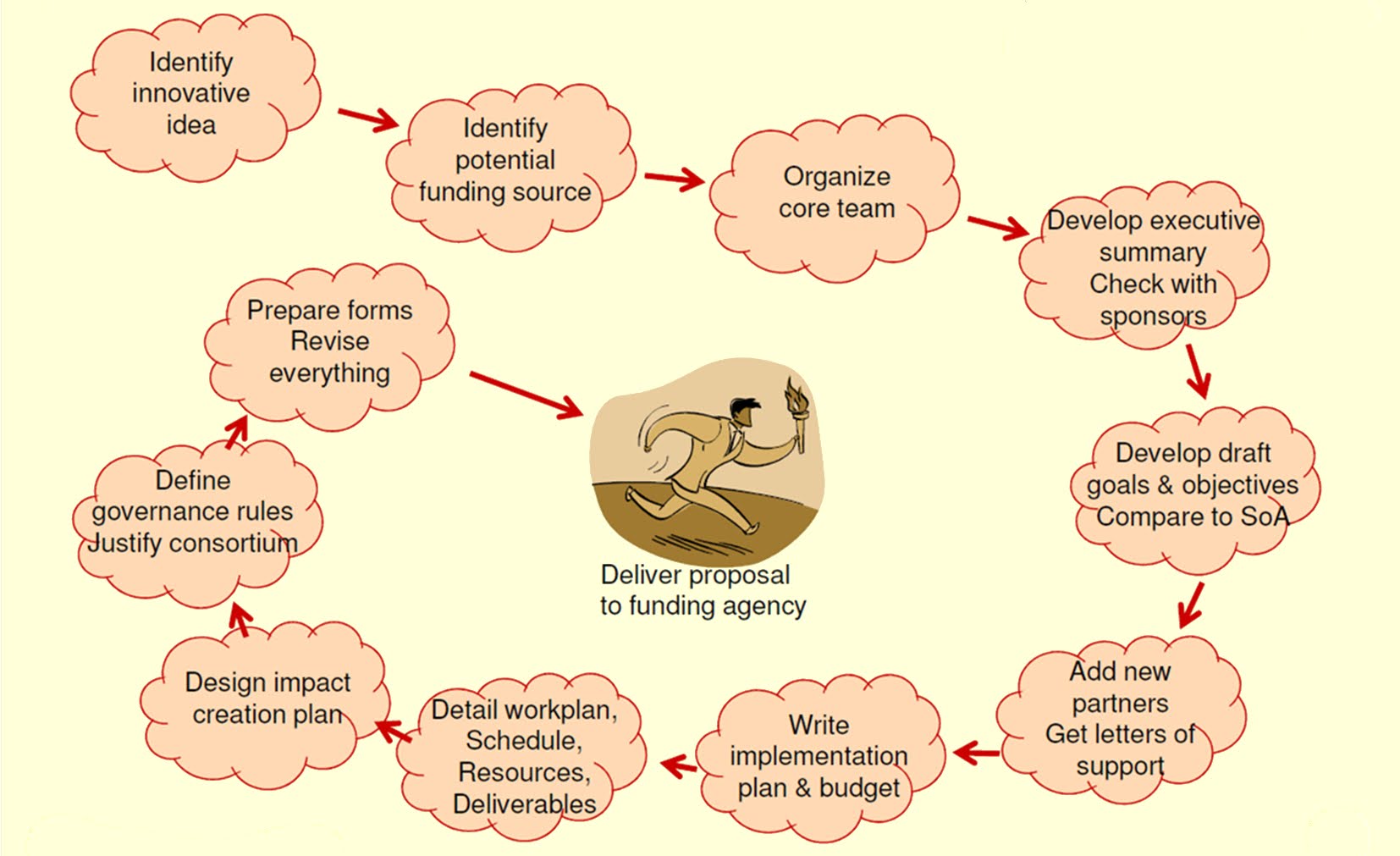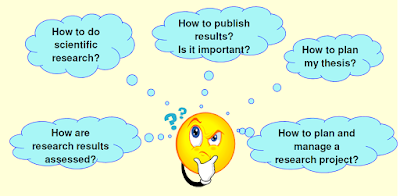1. Cover Page
Title of the study; Short running head if necessary; Investigators list and their affiliations; Principal Investigator’s contact details; Some people use Key Words, Word Count.
Provide a brief and meaningful title to your Project. It should be Short, accurate, and sweet.
3. Introduction
Background or introduction section provides a description of the basic facts and importance of the research area- What is known and what is not known? – What is your research area, the motivation of the research, and how important is it for the industry practice/knowledge advancement? How possible answers are going to be given by this research project?
4. Problem statement
Problem statement provides a clear and concise description of the issues that need to be addressed – What is the specific problem in that research area that you will address (e.g. lack of understanding of a subject, low performance …?
5. Objectives
Objectives provide a list of goals that will be achieved through the proposed research – What are the benefits/impact (e.g. better understanding, improved productivity …) that will be generated if the research problem is answered? It can be-
– General objective or aim
– Specific objectives to achieve the general objectives (specific, measurable, achievable, realistic and time-bound –SMART approach)
6. Hypothesis
The hypothesis is not mandatory. State the hypothesis in a manner that can be tested.
7. Preliminary literature review
Preliminary literature review: provide a summary of previous related research on the research problem and their strength and weakness and a justification of your research – What is known/what has been done by others? And, why your research is still necessary?
8. Methodology
Research methodology defines the research methods and logic steps – What to do and how to solve the problem and achieve proposed objectives? Which research methods (e.g. survey, modelling, case study …) will be used? Attach a project schedule table, if necessary.
9. Budget
Line items: subheadings; Cost for each unit; Use multiplier for the number of units; Use multiplier for the duration of honorarium, rental etc.; Sources of budget if it comes from more than once sources.
10. References
List of all relevant Works previously done and please use standard referencing guidelines. You may use referencing tools like Mendeley, endnote, MS Word etc.
Thanks for being with us. Looking forward to having your valuable comments…
Texpedi.com





